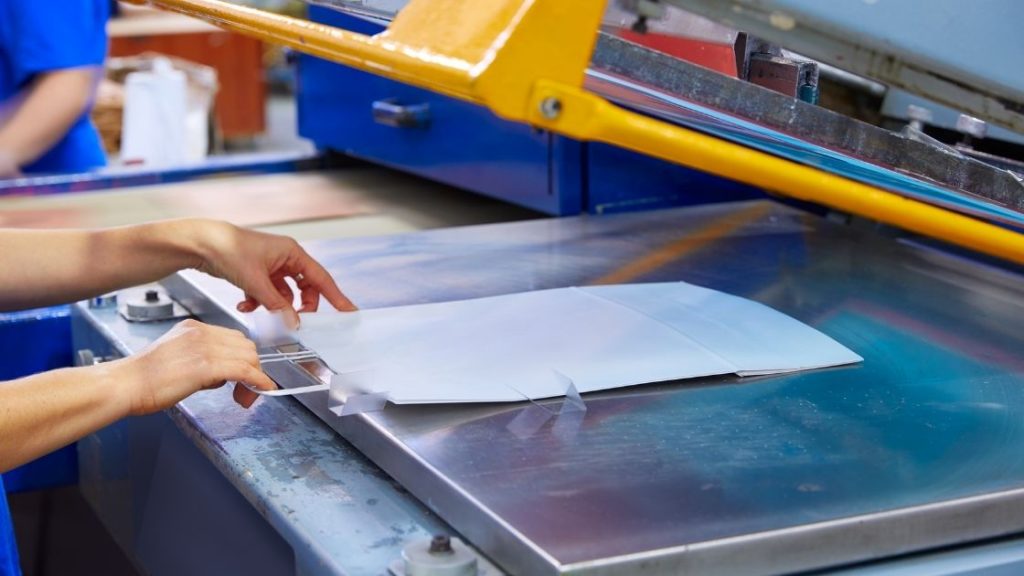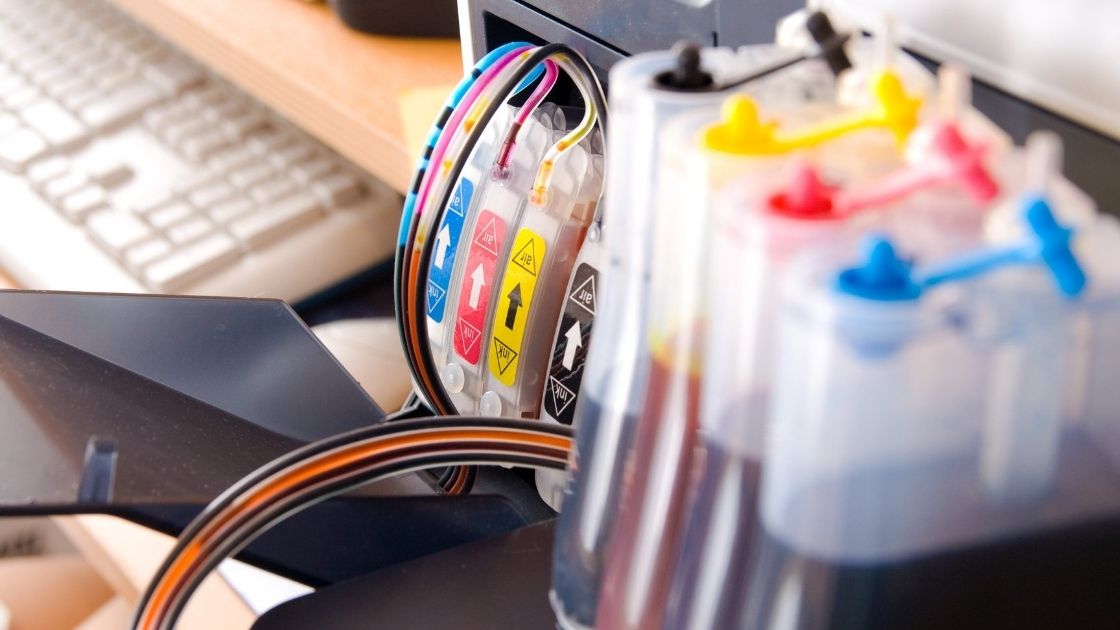Although it is most commonly used to print t-shirts, sublimation printing is also accessible on pottery, timber, and metals, among other materials, with a particular coating to absorb; the sublimation inks. The modern form of printing is also termed “allover-printing” as it has compatibility with various printable materials.
If you are concerned with the working of Sublimation printers and want to know how sublimation printers work, then there is no need to worry. We have brought you the information to answer your query. Before moving ahead, let us first tell you about what sublimation is. So sublimation method permits the ink to transform from solid form to gaseous state without becoming liquid. The heat initiates the transformation, which is regulated by pressure. Sublimation printers use the sublimation technique.
Principle Of Working Of Sublimation Printer
On special paper, a design is printed. When heated, the inks applied will be transformed into gas, fusing with the material to print on it irreversibly. The effects are persistent and fewer chances to vanish. The ink is fixed in the cloth or material instead of merely sitting on top like a typical print.

Process Of Working Of Sublimation Printers
The sublimation printer works perfectly by using transfer paper, heat press, and sublimation ink step by step. Below you will see the sublimation steps involved in sublimation printing by sublimation printers.
Step 1: The design you want to print is first printed mirror-inverted on a transfer paper. Then this paper is placed on the material you want to be printed.
Step 2: A heat press is then used to heat this material to 230 °C for 30 to 60 seconds.
Step 3: Isolate your material and let it air dry at room temperature. After cooling down, you will see your print on your substrate.
Note; The material can be too hot, so pick it up carefully or use safety gloves.
For this purpose, a special sublimation ink must be inserted into the printer. Polyester, or clothing consisting of plastic fibers, is the appropriate carrying substance. Polyester percentage affects the printing outcomes. The recommended percentage is 80% for durable printing with sublimation printers. At elevated heat, polyester starts melting, which causes pores in the cloth to open, allowing the color gas to enter.
Other substrates, such as ceramic mugs, cotton shirts, or metal plates, must be layered with polyester since the ink cannot enter deeply enough into these materials, which causes the design to fade.
Conclusion
Are you seeking long-lasting printed items with unique colors and exceptional service? Sublimation printers are used by the top designers of graphic clothes, home decoration, and designed products to generate brilliant, long-lasting designs. The print is permanent and resists peeling, crack, bleeding colors, and fading from the substrate.
The print is absorbed into the material and becomes a component after sublimation. Contrary to transfer paper, the outcome would be undetectable to the feel or touch, scratch-resistant, and color-fast. You can complete your orders that day since it is simple and quick. Hence, by reading the article, you might have learned how sublimation printers work?

